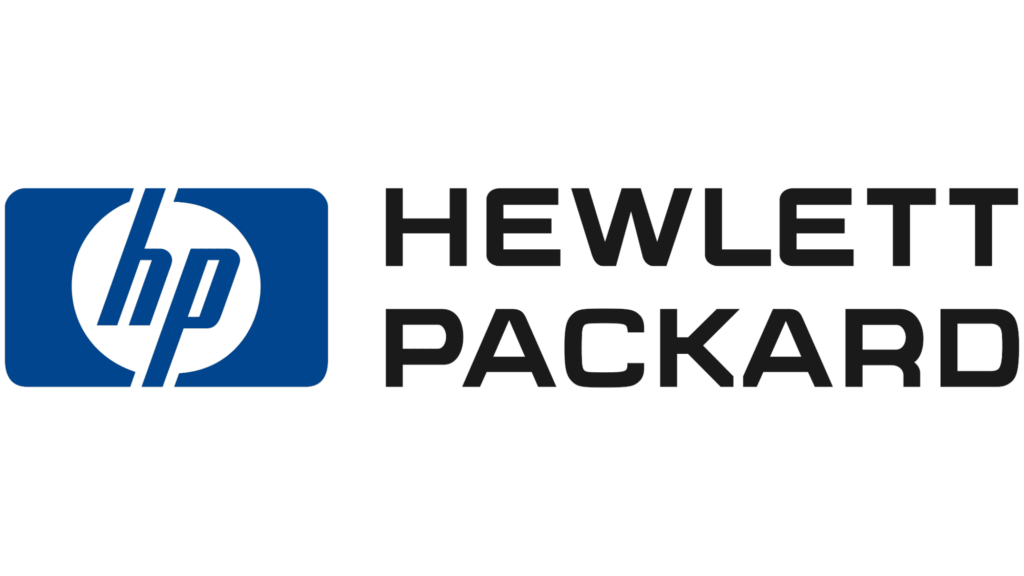Introduction
The St. John Paul II College located in Gulu, Uganda serves as a private, Catholic boarding school for approximately 1,100 students, including both girls and boys. Beginning in 2013, BOSCO-Uganda partnered with Accenture, an Irish-American information technology and consulting company based in Dublin, Ireland, to discuss and develop a plan to enable solar energy in support of business ventures. BOSCO-Uganda’s surplus solar power provides an obvious synergy to capitalize on, and a new venture began: the CE3 Project.
The Connectivity, Electricity, and Education for Entrepreneurship Project, or CE3, focuses on providing clean, renewable solar energy to pilot “project sites,” one of them being St. John Paul II College. Together with support from Accenture, BOSCO-Uganda began to design, implement, and monitor a new model of rural energy access and expand the CE3 Project to ensure it remains a long-term, sustainable solar ecosystem; with this, communities are provided with clean, efficient, and renewable energy to power businesses and schools with the ability to recapture solar energy for sustainability and local reinvestment. In addition, this integrated systems approach provides computer access, intranet, and Internet connectivity which enables access to information and resources for students and entrepreneurs.
Results
The result of this is tremendous, as students are able to unleash their creativity inside and outside of the classroom and support their local communities through motivation, engagement, creativity, and intellectual thought. Not only this, but students are able to engage in virtual learning, while entrepreneurs engage in local and remote mentorship training. This basic leadership and business knowledge promotes economic activity in the region and increases the development of the communities which the project sites touch.
At the St. John Paul II College project site, the installation of a solar microgrid in 2015 provided and continues to provide various benefits and support for the college. Powered by the CE3 Project, more than 1,100 students at St. John Paul are able to interact with a fully-equipped computer lab. The lab contains approximately 40 desktop computers and benefits students through educational efforts, as well as entrepreneurship and job skills training. Additionally, teachers at St. John Paul College augment their teaching capabilities with laptops, enabling electronic class presentations/lectures, video sharing, and computer lessons. Not only this, but the CE3 microgrid also supports other power and electricity uses, such as providing the school with lighting and charging capabilities.
Failures and Struggles
While the project has many successes, issues remain regarding its viability. During instances when the power grid fails, the energy from the solar microgrid supports the school. However, in these cases, solar power isn’t always enough to sustain the school through the night. While speaking to the school’s director, Hellen Opwonya, she stated the solar microgrid isn’t always capable of providing electricity and power throughout the night. As a result, the school relies on a diesel generator to maintain power and electricity. However, this presents financial issues as the generator requires about 111,000UGX worth of gas per night to operate. Therefore, the school is faced with not enough electricity and power due to the expansion of lighting and other connectivity strains.
Most notably, the usage of electricity for unnecessary items such as heat irons, electric kettles, and hot pans in the teacher’s quarters also affects the bandwidth of the electricity usage. It can result in a reduction of power, leading to significant power outages. In addition, students struggle to take exams with failing lights and power, causing a substantial strain on grades and educational growth. While the CE3 project is designed to provide clean energy that is supposed to provide students with enough power in the absence of electricity, this is not always the case due to connectivity strains.
Another struggle the CE3 project faces includes weather conditions and weather changes. In instances where heavy rains, storms, and winds are prominent and frequent, solar panels can be damaged and heavy rains can affect signals and connections. This also causes a decrease in connectivity and slower speeds. Northern Uganda experiences a heavy rainy season from March to October which directly affects school term II, which occurs from early May to mid-August. Therefore, heavy rains and winds can affect signals and connectivity and create a strain on students’ learning and educational experience.
Solutions to St. John Paul II Project Site Issues
In terms of the St. John Paul II site, there are solutions that could be implemented to further improve the current battery and solar grid system. The current system operates utilizing 24 2V 3610 Ah lead-acid batteries, however, these do not provide enough storage to maintain constant power throughout the night, especially with recent energy expenditures and unnecessary equipment using more power than normal. Therefore, when the sun sets and the solar grid is no longer receiving solar energy, the school is powered from battery reserves, which don’t last very long due to the battery’s poor performance. As a result, the diesel generator must be utilized which incurs additional costs. To solve this problem and implement a long-term, viable solution that is also cost-efficient, there are three solutions: purchasing more original batteries, purchasing an all-new system of batteries, and simply sticking with the additional system. To add, it is ideal that the proposed solutions require minimal upkeep and maintenance while reducing carbon emissions.
Current System
As said before, the current solution of 24 2V 3610 Ah lead-acid batteries is faulty and requires a generator to support power throughout the night. The current batteries allow for 6 hours of power through the night, while the other 4-6 hours must be powered by the generator until the sun rises to provide more solar energy.
Possible Solutions and Proposals
The first option to resolve this problem would be to simply invest in more 2V 3610 Ah Lead-Acid Batteries. While these would be practical as the staff is already familiar with their use and maintenance, they are relatively expensive and most likely not supportive enough in the long term. The second option includes investing in a completely new battery system, such as lithium-ion batteries or gel-based OPzV batteries. While lithium-ion batteries provide a higher voltage, have less maintenance, and have longer battery life, they are also more expensive and would be a brand-new system. Another type of battery includes gel-based OPzV batteries. These have improved safety features and an enhanced life-cycle but are sensitive to temperatures and are slow-charging. Lastly, the other option includes simply not changing the system at all and relying on the diesel generator once the solar energy runs out. While this is not the most long-term or sustainable option, it relies on less money up-front, but will not be sustainable in the long run.
Overall, it is evident that a sustainable solution must be implemented to increase the success of the CE3 project at St. John-Paul II College to reduce the expensive, daily generator usage.
Other Project Sites
In addition to St. John Paul II College, there are four additional sites. However, due to contract breaches, administrative problems, and other issues, some of these sites have not seen the same success as St. John Paul II. In an effort to reach full self-sustaining abilities, it is essential that sites overcome the challenges they face at inception to succeed. Through increased partnership and guidance, it is our hope that future project sites may find success and sustainability as well.
Entrepreneurship and Business Growth
Along with implementing the CE3 project to bring about technological solutions to learning environments, it was also designed to foster economic development and growth through entrepreneurship training programs. These programs such as “Essentials for Entrepreneurship” can be taken in computer labs at project sites and enable business development in the region. Project developers and leaders hoped this would lead to an increase in small, start-up businesses. To add, the CE3 project was also utilized to provide small businesses with electricity, as many Ugandan businesses suffer from power outages, leading to perishable goods going bad and business losses. These challenges were some that ultimately led to the inception of the project, however, community members have not been taking advantage of these opportunities as hoped. Through the additional promotion of these opportunities, additional business ventures may be begun and enable additional economic growth.
Overall, prior to the implementation of the Connectivity, Electricity, and Education for Entrepreneurship (CE3) pilot in Uganda, project sites were disconnected from the electrical grid, had no access to the Internet, and possessed little computing infrastructure. Through clean, renewable infrastructure provided by CE3, thousands of students now have the ability to study and learn past the dark; this education is also augmented with fully-equipped computer labs as well as entrepreneurship and job skills training. The success of CE3 is great, and the potential of CE3 to grow stronger is even greater by delivering connectivity, energy, and education solutions that will continue to promote entrepreneurship and impact communities for years to come while providing inspiration for others to expand similar projects.
Article by Greg Gehring
Sponsers of E3






